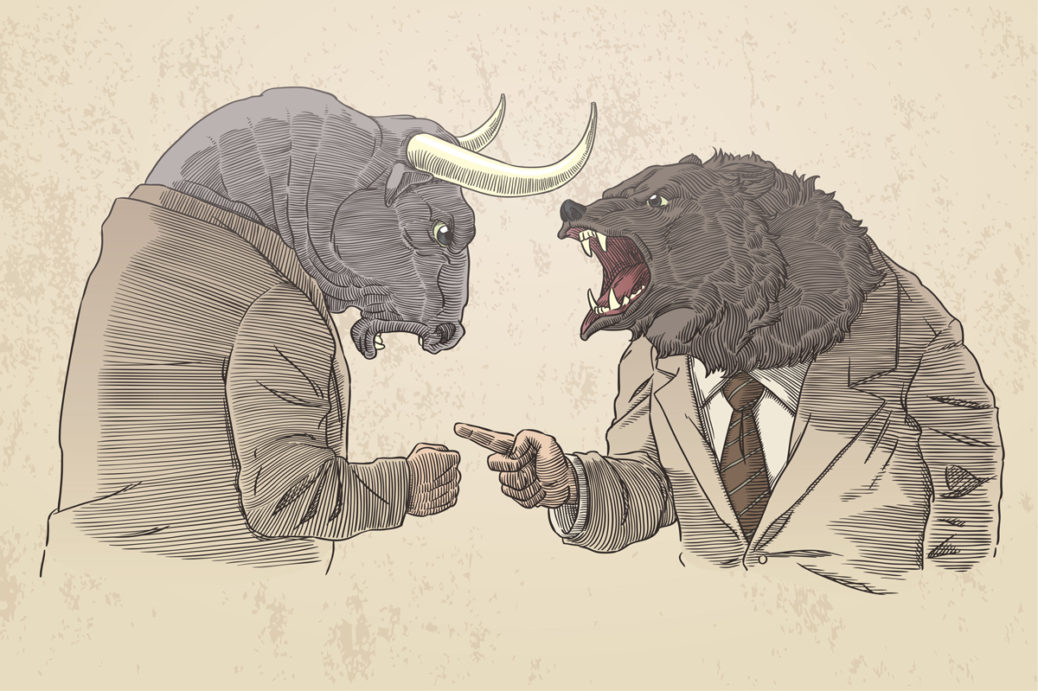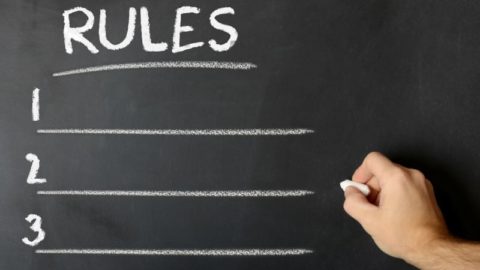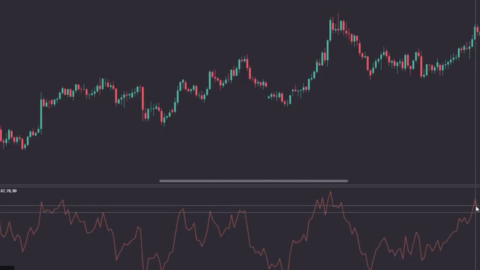Below are just some common things that you should know in the world of stocks.
Bull – Someone who thinks the stock will go up.
Bear – Someone who thinks the stock will go down.
Reason: Bulls rake with their horns up, and bears slash with their hands down. Bulls make money if the price goes up. ( buying, and selling higher, or call options ) Bears make money if the price goes down. (short selling, or put options )
Call Option – A bet on a certain price to go up by a certain date (Bullish)
Put Option – A bet on a certain price to go down by a certain date ( Bearish )
Bulls want to motivate you. Bears want to scare you.
THIS IS WHY YOU DO YOUR OWN DD. DON’T TRUST ANYONE.
Blogs are not reliable information. They are bloggers. Use only confirmed information. Bloggers can be bullish or bearish.
DD – Due Diligence
NHOD – New High of Day
NHOY -New High of Year
ATH – All Time High
EOD – End of Day
SSR – Short Sale Restriction
MM’s – Market Makers
ER – Earnings Report
PR – Press Release ( Official, not a blog )
RH – Robinhood
PM – Pre Market
AH – After Hours
PT – Price Target ( over 12 months )
PH – Power Hour
GLTA – Good Luck to All
GTC – good til Canceled
GLHF – Good Luck Have Fun
IMO – Im My Opinion
FOMO – Fear Of Missing Out ( really bad to have in a trade )
Flagging – This is a term used to reference a bullish formation in the chart potentially signaling a move up.
Flag Break – flag break is where the formation of a flag broke
Double Bottom – A double bottom pattern is a technical analysis charting pattern that describes a change in trend and a momentum reversal from prior leading price action. It describes the drop of a stock or index, a rebound, another drop to the same or similar level as the original drop, and finally another rebound.
Triple Bottom – A triple bottom is a bullish chart pattern used in technical analysis that’s characterized by three equal lows followed by a breakout above the resistance level.
Cup & Handle – Cup with Handle. The Cup with Handle is a bullish continuation pattern that marks a consolidation period followed by a breakout. It was developed by William O’Neil and introduced in his 1988 book, How to Make Money in Stocks. … The cup forms after an advance and looks like a bowl or rounding bottom.
Pennant – a pennant is a type of continuation pattern formed when there is a large movement in a security, known as the flagpole, followed by a consolidation period with converging trend lines—the pennant—followed by a breakout movement in the same direction as the initial large movement
Oversold – Too much selling happened. The value of the stock is higher than current price. OVER SOLD.
Overbought is opposite, too much buying, the value of the stock is less than shown. OVER BOUGHT.
13g filing – anyone who acquires ownership of more than 5% of the stock available they have to report it to the sec.
VWAP – Volume Weighted Average Price. It is important because it provides traders with insight into both the trend and value of a security.
Form 4: When an insider buys shares or sells shares they have to file a form 4 and report what their relationship is to the company.
Block Trade: A block trade is the sale or purchase of a large number of securities. Block trades are sometimes done outside of the open markets to lessen the impact on the security price. ( Basically a block trade is a large trade done with extra care so that it does not extremely impact the share price )
Watchlist : A watchlist is a list of potential movers so you have all evening/night to due your own due diligence so in the event tomorrow a symbol you have researched is trying to make a move you can make a decision instead of trying to do all your research in the moment. Due Diligence is a Must.
Backburners: Think of a stove, the front ones are the ones that have more focus, where the attention is at. The back burners are the ones that are being monitored but not as close.
Common Halts
T1 Halt – Trading Paused – News Pending
T12 Halt – Really bad. Exchange requesting documents before any more trading can proceed.
Volatility Halt – Trading paused. It was moving too fast either up or down.
“XYZ Open” – The exchange has opened the symbol again for trading.
Swing Trade – Buying a stock to sell in a different day, couple days or couple weeks.
Day Trade – Buying a stock, and selling THAT SAME stock within the same trading day from premarket open to after hours close.
Note: If you buy a stock and sell that SAME stock the next day that is NOT a day trade.
Note: If you own a stock and sell it, and then BUY that SAME stock the SAME day that is NOT a day trade.
Note: If you buy a stock day 1, and sell it day 2 and buy back in on day 2 AND then sell it day 2, then this is only 1 day trade. Because a day trade happens when a BUY and SELL happen in the same trading day.
After hours DOES count toward day trades. A trading day is the entire day.
IF you want to have unlimited day trades you have 2 options.
Have 25k in your account, OR switch to a cash account. Look up the pros and cons of each one.
Webull is our platform of choice for stock trading. Webull offers earlier premarket hours and longer after hours trading. Click here to get Webull.
Webull offers cash accounts upon sign up as well. You just have to choose between a cash account or margin account. Cash accounts are unlimited trades with no 25k required.






